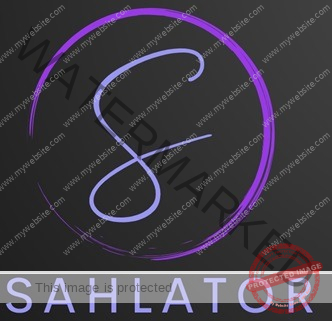Portfolio Optimizer
Sharpe Ratio:
- What It Is: The Sharpe Ratio is a measure of the risk-adjusted return of a portfolio. It compares the portfolio’s excess return (return above the risk-free rate) to its standard deviation (volatility).
- Why It Matters: A higher Sharpe Ratio indicates that the portfolio is providing a higher return for each unit of risk taken. It is useful for assessing how well the return of an asset compensates for the risk.
- A Sharpe ratio greater than 1 is considered good, and the higher it is, the better.
VaR – Value at Risk:
- What It Is: Value at Risk (VaR) is a measure used to assess the potential loss in the value of an investment portfolio over a specified period for a given confidence level. It quantifies the potential loss in value under normal market conditions.
- Why It Matters: VaR is used to understand the risk of a portfolio, helping investors gauge the worst-case scenario within a specific confidence level. For instance, a VaR of 5% means that there is a 95% probability that the portfolio will not lose more than this value.
Diversification Benefit:
- What It Is: The diversification benefit refers to the reduction in portfolio risk that occurs when assets with low or negative correlations are combined in a portfolio. It represents the benefit of spreading investments across multiple assets to reduce overall risk.
- Why It Matters: The more diversified the portfolio, the less likely it is to experience extreme losses because the performance of different assets can offset each other. A positive diversification benefit indicates that combining different assets reduces the overall portfolio’s volatility.
- If the diversification benefit is positive, it means that combining the assets reduces the overall risk compared to holding individual assets.
Market Betas:
- What It Is: Beta (β) measures the sensitivity of an asset’s returns relative to the market as a whole. A beta of 1 means that the asset’s price tends to move in line with the market. A beta greater than 1 means the asset is more volatile than the market, while a beta less than 1 means it is less volatile.
- Why It Matters: Market beta is useful for understanding the asset’s risk relative to market movements. If the market is volatile, assets with higher betas will likely see larger price fluctuations, which can increase or decrease portfolio risk.
- A positive beta indicates that the asset tends to rise when the market rises, while a negative beta means the asset may move opposite to the market.
Example in Context:
Let’s say you are investing in three stocks with the following values:
- Expected Return: Stock 1 might have an 8% expected return, Stock 2 might have 6%, and Stock 3 might have 12%.
- VaR (95%): If your portfolio has a VaR of 5%, it means that there is a 95% chance your portfolio won’t lose more than 5% of its value within the specified period.
- Sharpe Ratio: If your portfolio’s Sharpe ratio is 1.5, it means that for every unit of risk (volatility), you are earning 1.5 times the risk-free rate, indicating a good return for the level of risk.
- Diversification Benefit: A positive diversification benefit means that by spreading your investments across multiple stocks, you’ve reduced the overall risk of your portfolio compared to just investing in one stock.
- Market Betas: If Stock 1 has a beta of 1.2, it’s more volatile than the market. If Stock 2 has a beta of 0.8, it’s less volatile. By combining both in your portfolio, you may reduce the overall volatility.
